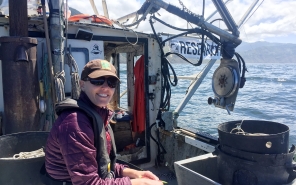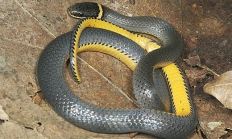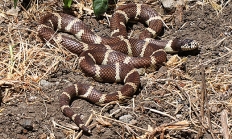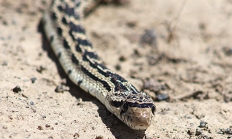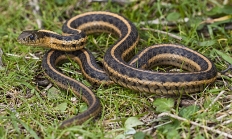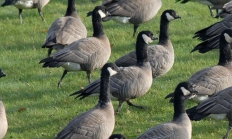Ripple effects from Redfish Rocks Marine Reserve: New economic analysis reveals job and income generation
NEWPORT, Ore. – New research from Oregon's south coast highlights the positive economic impact of science and tourism within Redfish Rocks Marine Reserve. The study quantifies the number of jobs supported and income generated by these activities, providing important data for the local Port Orford…
